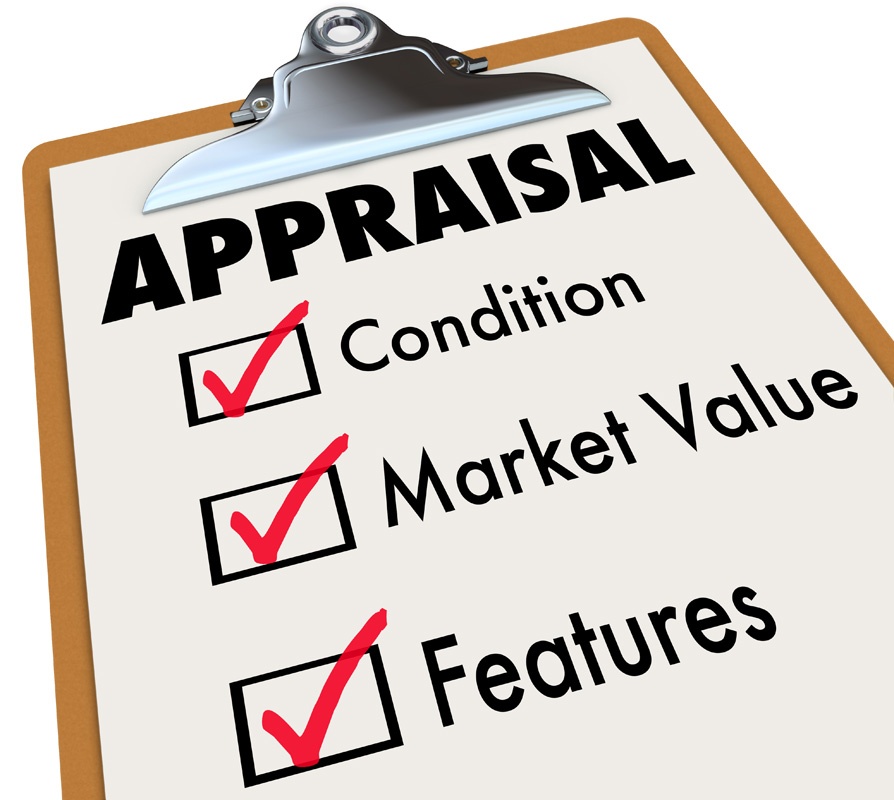In my experience buyers and sellers have a huge misconception about the appraisal when purchasing a home. The simplest and best way I can describe the purpose of the appraisal is to justify the lender’s investment. It is not to prove the seller has negotiated the best price or for the seller to prove how much equity they are receiving.
So what does the above actually mean? Well let’s start with buyer’s equity position. I have noticed the appraisal usually comes in at or around the purchase price. This is not a coincidence that the buyers and sellers have negotiated the exact appraised value! Instead the appraiser is justifying (if the evidence supports it) the bank’s loan to the buyer which is based on the purchase price. Essentially, the appraiser is telling the bank that if the buyer defaults on their loan, the bank should be able to take the house and sell it to recover their loan amount. This is especially critical when the buyer is putting less money down.
Sellers often like to know that they didn’t leave a lot of money on the table. So they want to know what the appraisal came in at. However, the appraisal is paid for by the buyer and is required by the lender. It is really on for their information. If they decide not to share the appraisal amount, that is their right. Typically the lender will just report that the property appraised and that they are moving forward with their loan approval process.
In some occasions when the buyer is in fact purchasing a home well below market value, the appraisal can come in much higher than the purchase price. That is typically expected by all parties in that case.
The bigger issue is when the appraisal comes in low. In that case, any of the following could apply:
- The buyer must come up with the difference out-of-pocket in order to satisfy the lender’s requirement. This will allow the lender to proceed with the loan and purchase.
- The seller might agree to reduce the purchase price to keep the deal together and move forward with this buyer.
- The seller and the buyer can split the difference (to varying degrees) of a price reduction by the seller and more cash down from the buyer.
- The buyer can kill the deal because they don’t want to do any of the above. It is their right by most contracts as finance contingency is based on a loan approval which requires the appraisal. In this case, the buyer gets their Earnest Money Deposit (EMD) back and can move on to another property.
I hope this helps you understand a little more about how appraisals are related to the transaction. If you have any questions, please feel free to reach out to me anytime.



[…] Appraisal: If the buyer is satisfied with the home inspection and is continuing with their purchase, the lender will usually order an appraisal at this point. The appraiser will schedule to view the home just like a showing. From the time an appraisal is ordered and the results are reported back to the lender, you can expect 3 or 4 days to pass. To learn more about what to expect during an appraisal, click here. […]